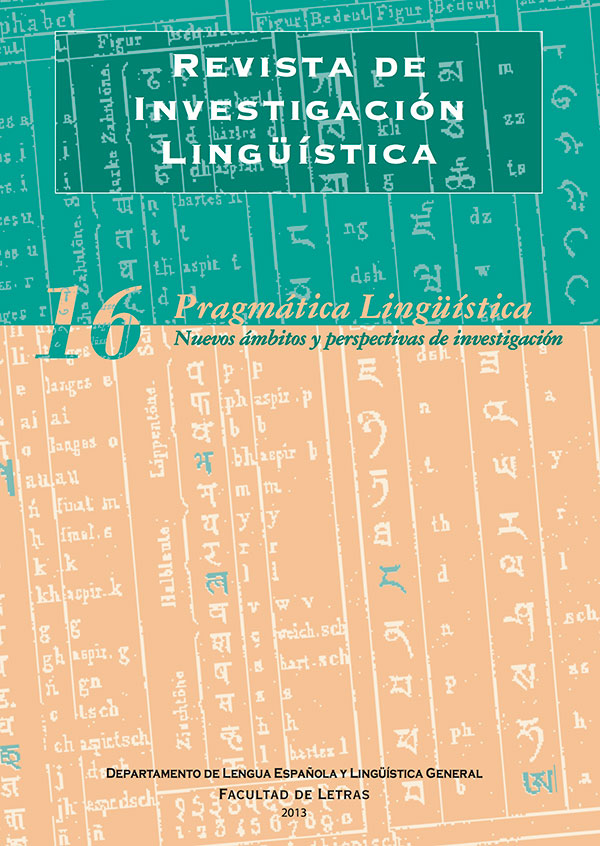De la intención del sujeto hablante a la representación polifónica de la enunciación. Acerca de los límites de la noción de intención en la descripción del sentido
Resumen
La noción de intención constituye un presupuesto epistemológico que está en la base de gran parte de las investigaciones pragmáticas actuales, según las cuales la descripción del sentido de una emisión se vincula estrechamente con la interpretación de las intenciones del sujeto hablante. Desde el enfoque polifónico de la enunciación que propone la pragmática integrada (Ducrot 1984), en este trabajo señalamos los límites del concepto de intención para la descripción semántico-pragmática. Con ese objetivo, revisamos distintas teorías clásicas y fundacionales para muchas de las investigaciones actuales (Searle 1969, 1975; Grice 1975; Sperber y Wilson 1986, 2004) que incorporan esta categoría en el análisis lingüístico. Como corolario, este trabajo pone de manifiesto las incompatibilidades teórico-metodológicas que surgen en los estudios semántico-pragmáticos cuando en ellos aparecen combinados, como si fueran complementarios, conceptos como los de intención, sujeto hablante, sentido literal, por un lado, y polifonía, locutor, punto de vista, por el otro, que suponen, en realidad, paradigmas y marcos teóricos irreconciliables.Descargas
-
Resumen1269
-
PDF395
Las obras que se publican en esta revista están sujetas a los siguientes términos:
1. El Servicio de Publicaciones de la Universidad de Murcia (la editorial) conserva los derechos patrimoniales (copyright) de las obras publicadas, y favorece y permite la reutilización de las mismas bajo la licencia de uso indicada en el punto 2.
2. Las obras se publican en la edición electrónica de la revista bajo una licencia Creative Commons Reconocimiento-NoComercial-SinObrasDerivadas 4.0 (texto legal). Se pueden copiar, usar, difundir, transmitir y exponer públicamente, siempre que: i) se cite la autoría y la fuente original de su publicación (revista, editorial y URL de la obra); ii) no se usen para fines comerciales; iii) se mencione la existencia y especificaciones de esta licencia de uso.
3. Condiciones de auto-archivo. Se permite y se anima a los autores a difundir electrónicamente las versiones pre-print (versión antes de ser evaluada) y/o post-print (versión evaluada y aceptada para su publicación) de sus obras antes de su publicación, ya que favorece su circulación y difusión más temprana y con ello un posible aumento en su citación y alcance entre la comunidad académica. Dulcinea: verde. OPF.









